 Gayle Lynds: One of my fondest memories growing up is of the apple tree in my father’s garden. In the summer I’d lie under the tree, eat green apples, and read armloads of books from the library. Every book was a treasure hunt. What wonderful people would I meet? What adventures would I have? Oh, the exotic places I’d visit!
Gayle Lynds: One of my fondest memories growing up is of the apple tree in my father’s garden. In the summer I’d lie under the tree, eat green apples, and read armloads of books from the library. Every book was a treasure hunt. What wonderful people would I meet? What adventures would I have? Oh, the exotic places I’d visit!
Treasure is a wonderful word. It makes one think of jewels and gold and coin of the realm. It adorns classic novels like Treasure Island and classic movies like Treasure of the Sierra Madre. And if we add a second word to create the evocative phrase “treasure hunt,” then heroes, heroines, and the Walter Mitty’s among us just might throw ourselves into an adventure.
I love this stuff. Because I write international spy thrillers, I’m also writing about geopolitics, culture, romance, secrets, and, whenever I can, missing treasures. Here are five of my favorites lost treasures. I’ve written extensively about three of them in my books. Do you know which three? The answer is at the end of my blog. Happy hunting!
The Amber Room
It was said that when the afternoon light shone through the tall windows of the Amber Room, the walls shimmered and glowed as if alive. The reason? A fortune in amber mosaics and carved amber figurines blanketed every square inch, while gold-encrusted mirrors reflected the lush beauty back upon itself. Created in the early 1700s in Prussia, the Amber Room grew politically important in 1716 when Frederick William I gave it to Peter the Great of Russia to memorialize their alliance against Sweden. Some 200 years later, the room became prize World War II plunder, stolen by the Germans and shipped off to Königsberg Castle. But then, at the war’s end, it disappeared. Some believe the room was destroyed when the Allies bombed the castle, while others think it was dismantled and hidden in a salt mine or cave, where the right humidity and temperature would preserve it. Today the Amber Room remains one of the world’s most significant and stunning vanished treasures.
The Treasure on the Mary Dear
In 1820, the rich city of Lima, Peru, boasted treasures valued at some $60 million, including a life-size gold statue of Mary holding baby Jesus. But the city was near revolt. So the Spanish viceroy hired William Thompson, captain of the merchantman Mary Dear, to transport the city’s wealth to Mexico for safekeeping. Instead, as soon as they were on the high seas, Thompson ordered the viceroy’s guards killed and thrown overboard. Sailing on to the Cocos Islands, the crew anchored and buried the treasure. Not long afterward, the ship was captured, and the crew was convicted of piracy. All but Thompson and his first mate were hanged. To save their lives, the two promised to reveal where the treasure was buried and led their captors back to the island. But once in the jungle, they escaped. Since then, more than 300 expeditions have tried and failed to locate the lost treasure of the Mary Dear.
Ivan the Terrible’s Library of Gold
Known for his horrific temper and paranoia, Ivan the Terrible of Russia had another side: He built the eternal St. Basil’s Cathedral, introduced the printing press, and kept artists, craftsmen, and poets on staff. He allegedly also inherited from his grandmother Sophia some 800 illuminated manuscripts covered with gold and gems. Sophia was an heir to the last Byzantine emperor, and her priceless collection was all that remained of the legendary Constantinople Library, saved before the Turks routed the city. Over the years, Ivan invited luminaries from Europe to view it, and they returned home to spread word of its magnificence. But when Ivan died in 1584, the library disappeared. Although there has been debate whether the library ever existed, historians and notables have searched for it for centuries. Among them were Peter the Great, Napoleon, Vatican emissaries, and even Vladimir Putin.
The Secret Grave of Genghis Khan
When the fabled warrior died in 1227, his body was returned to Mongolia, probably close to his birthplace near the Onon River. According to legend, the funeral escort killed anyone who saw the body being transported, and when the tomb was finished, the slaves who built it were murdered, too. Nothing was left to mark the grave, even though Genghis Khan had founded the Mongol Empire and conquered most of Eurasia. For centuries the hunt for his tomb has attracted those fascinated by his remarkable life and accomplishments. One was Maury Kravitz, the famous Wall Street commodities trader, who financed and led four excursions into Mongolia. Still, the Great Khan’s final resting place is unlikely to be found because, if legend is to be believed, the soldiers who murdered everyone who might know about the tomb also killed one another, the last man taking his own life.
Saddam Hussein’s Missing Multibillion-dollar fortune
Few people know that Saddam Hussein’s first job in politics was as an assassin for Iraq’s Baath Party. He was only 20 years old but soon was known as a shaqawah, a man to be feared. By the time he was 42, he was president. He nationalized the banks and oil companies and skimmed profits. His wealth grew from bribes and kickbacks on contracts to build superhighways, hospitals, schools, hotels, shopping malls, and office complexes. At the time of his execution, his fortune was estimated to be between $40 and $70 billion, but the United States and its allies have been able to recover only a few billion. Sources believe the money is hidden in dummy corporations in Switzerland, Japan, and Germany, and as cash and diamonds in numbered bank accounts in Europe and the Middle East. The search for Saddam’s vanished billions is considered by some to be the greatest treasure hunt since the post–World War II pursuit of Nazi gold.
And there you have my choices of favorite lost treasures. They may be missing, but their stories remain with us, and all are rich in culture and history and adventure.
And FYI . . .
The Amber Room appears in Mosaic
Ivan the Terrible’s Library of Gold appears in The Book of Spies
Saddam Hussein’s Missing Multibillion-dollar fortune appears in The Assassins



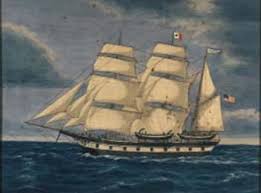








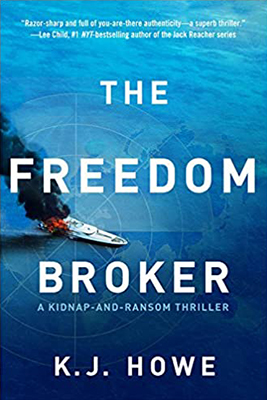











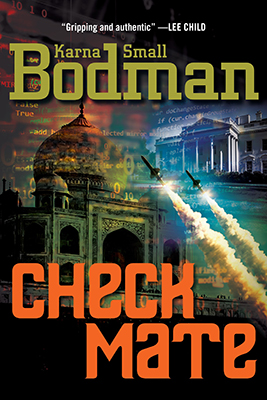






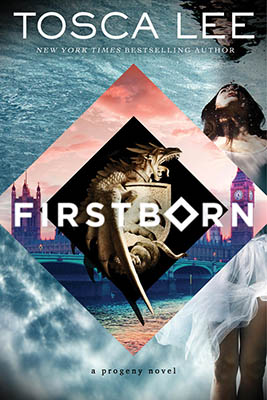




















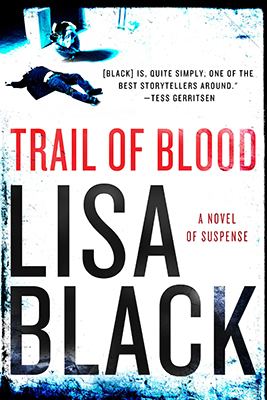
Gayle, what a fascinating history lesson! I hadn't quite finished the section on the Mary Dear when I decided it's the Cocos Islands for me! If only I weren't already committed to ThrillerFest… I had the same childhood experience with books. I spent my summers with Trixie Beldon.
Wonderful stories of treasure. I love books and libraries, so Ivan the Terrible's Library of Gold is my favorite treasure story. I loved how it was used in the Book of Spies. I spent my summers reading on our porch with a stripped awning in those pre air conditioning days.
Thanks for your kind words, Sonja and S. Lee. I'm with you, books & treasures! Wowee! I'm also fascinated by islands, Sonja, and I can hear the Cocos call!
My favorite lost treasure, still as yet unfound, is the massive spoils of Napoleon's invasion of Russia in 1812. A baggage train six miles long pulled out of Moscow as it burned, and the French army retreated, only to disappear in the vastness of the steppes. Among the loot was the gold cross of Ivan the Terrible that once topped the Kremlin, as well as the contents–jewels, paintings, icons, even furniture, plus most of the Russian cannon–that the inhabitants of the city left behind. Some say it was cached in a salt mine near Smolensk, others claim the cannon were sunk in a lake. The retreat was so fraught with peril that the loot was certainly abandoned in favor of survival. But where? Nobody knows.
Fabulous history lesson, Gayle — loved reading about all of those hidden treasures. Since we have a home in Florida, I have always been fascinated with stories of treasure from ships that sank off the Florida coast — there have been so many. One was discovered two summers ago by a Florida family of treasure hunters. They found one of the Spanish ships hit by a hurricane in 1715. Over 1,000 people died when the whole fleet went down. Then it took three centuries for some of their treasures to be found….and the family did indeed find jewelry, gold and religious artifacts. All of these stories, yours, Gayle, and those mentioned in other great comments here, could be the basis for intriguing novels — I wonder if you would write about more of them? Anyway, thanks for your post – it was great!
Gayle, I love your use of history and treasures in books. I enjoy learning when I read fiction, and your books are masterpieces of education.